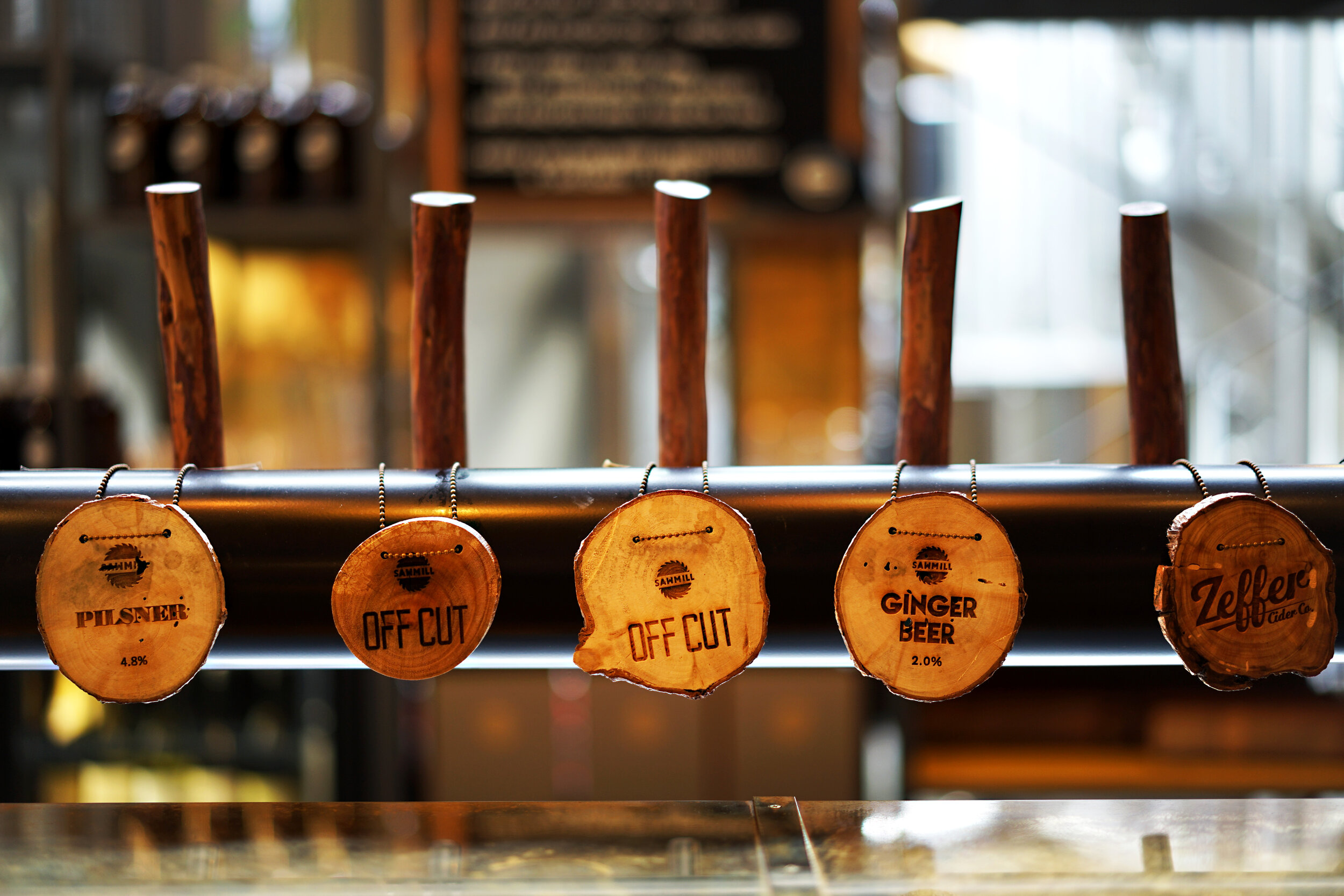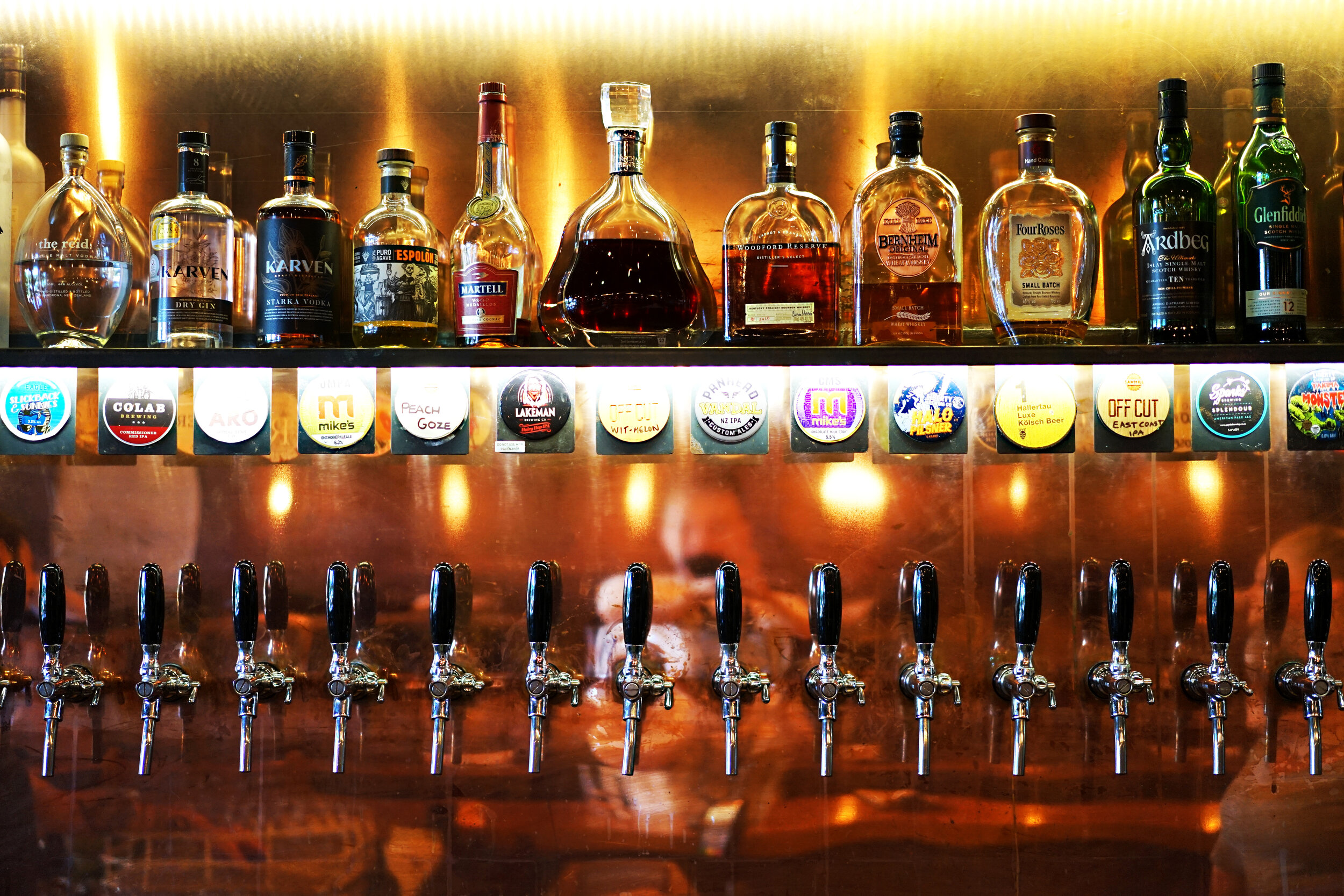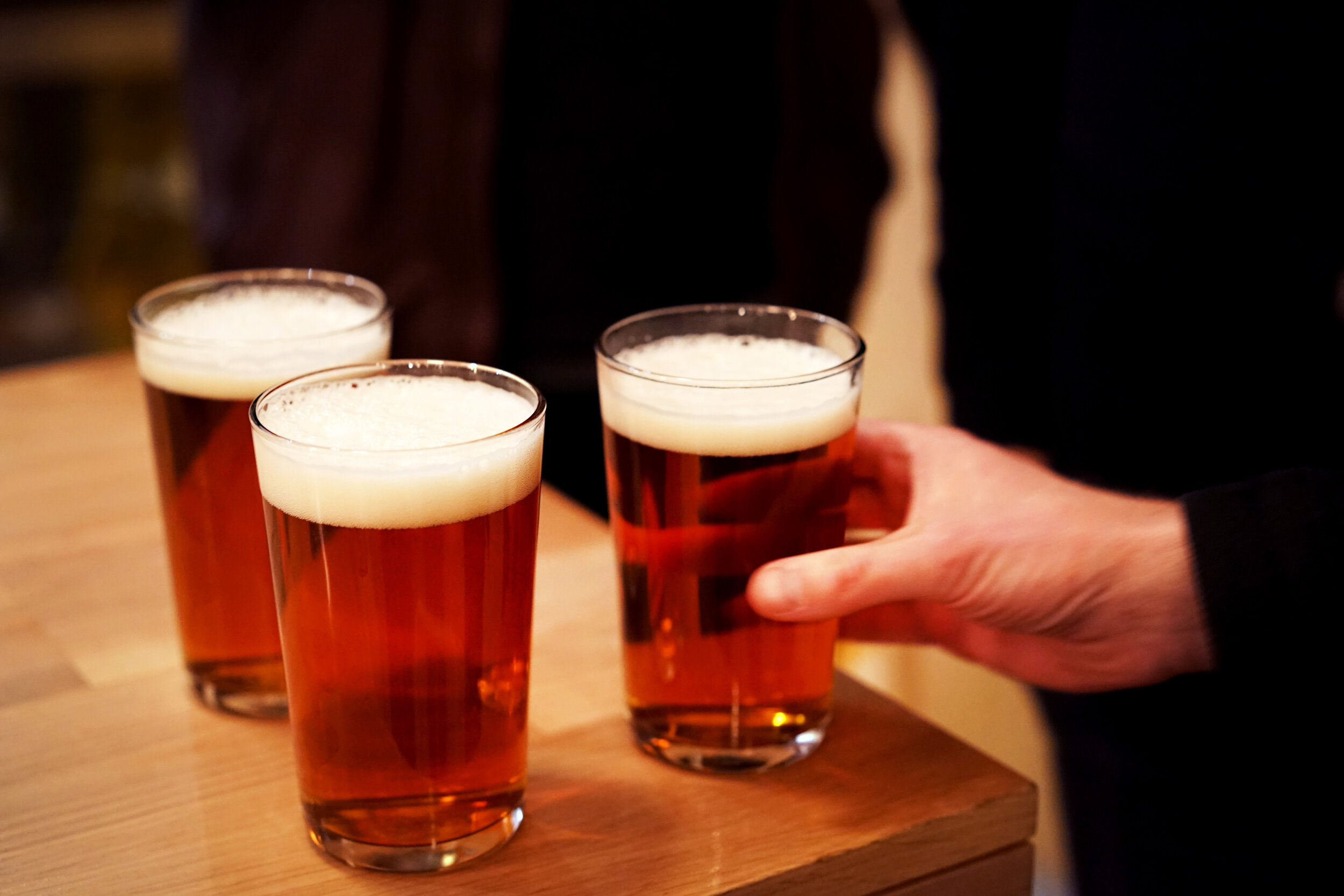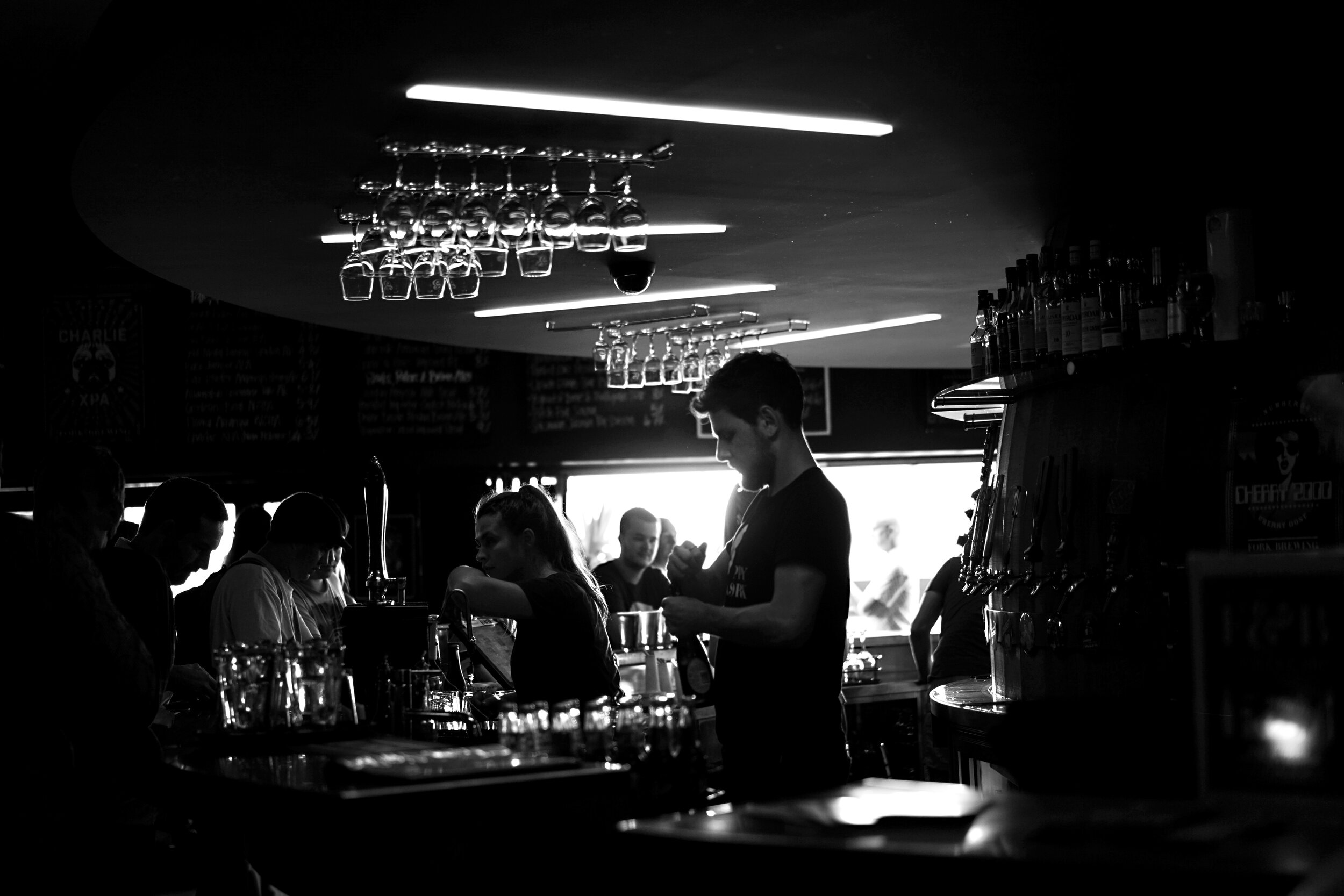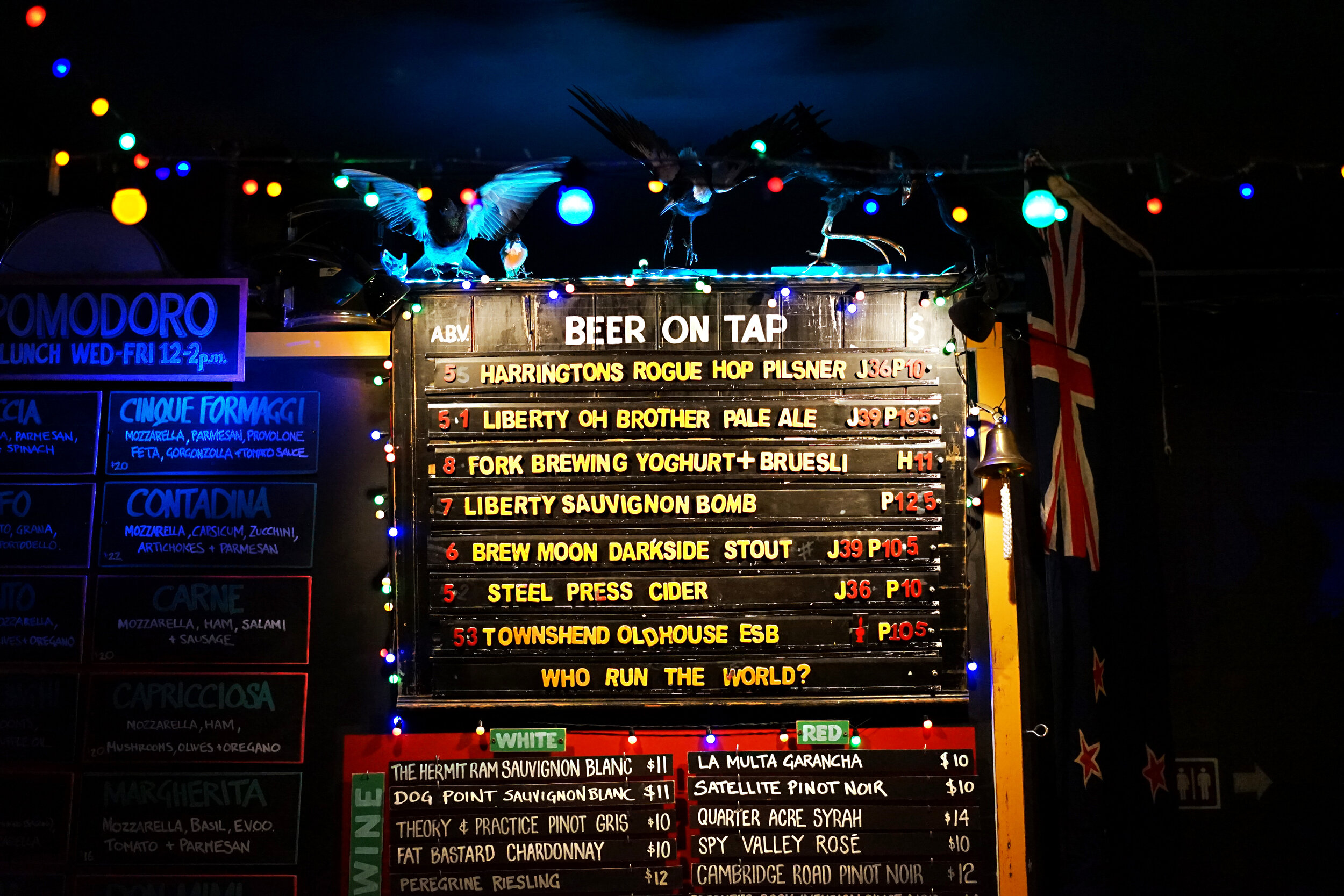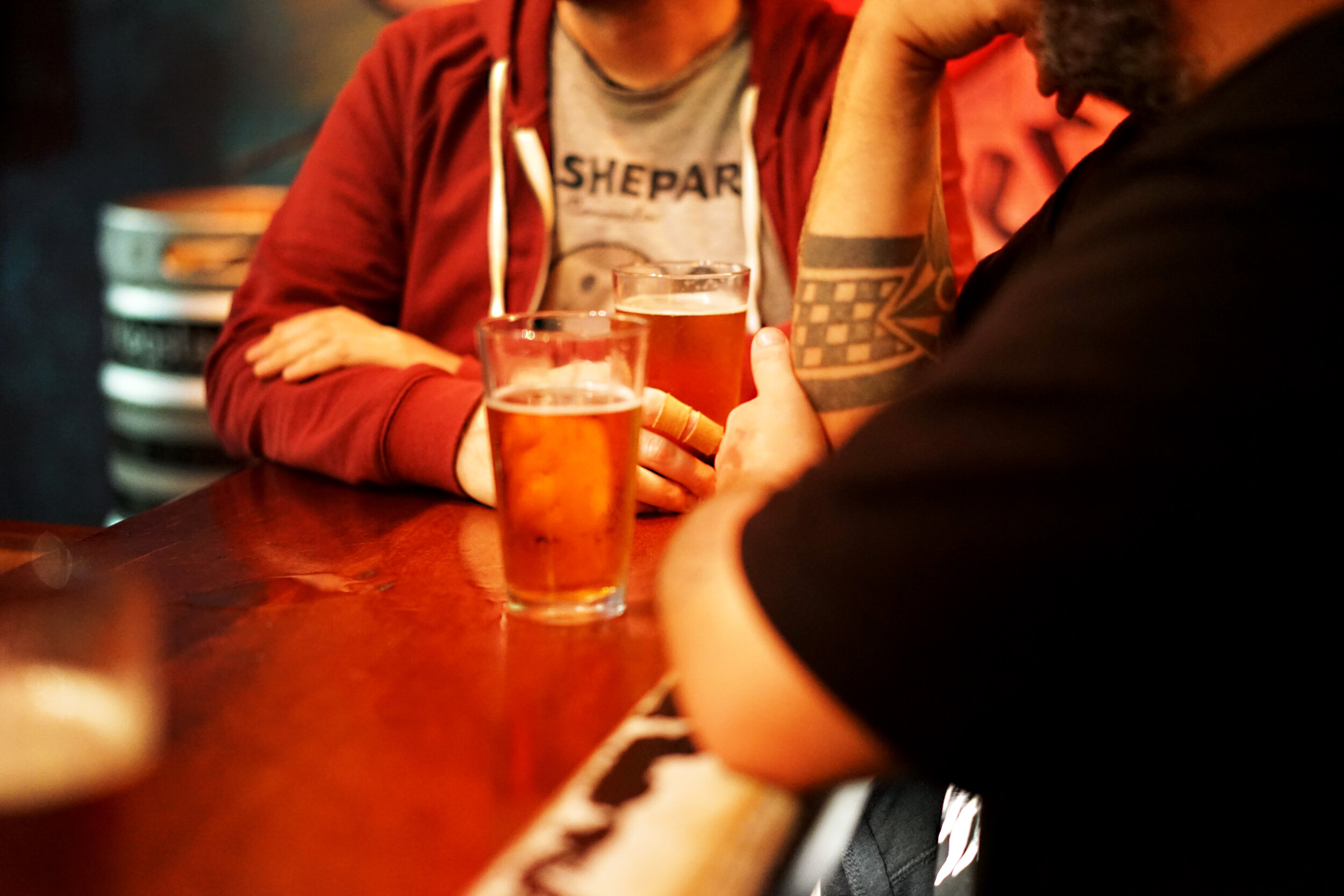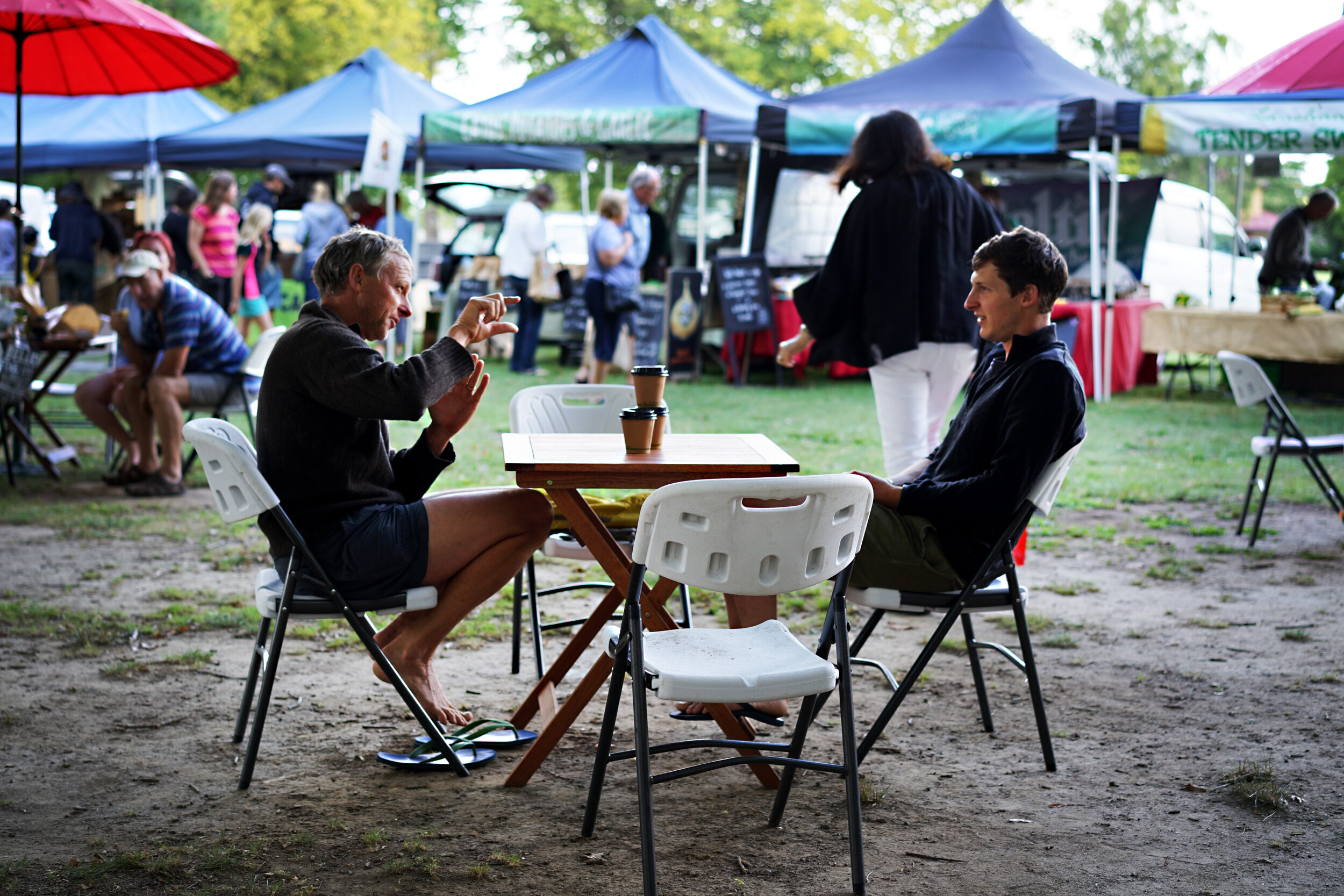Land of The Long White Cloud: A Study of New Zealand’s Craft Beer Movement - 25 Magazine: Summer 2017
Within the beer industry, New Zealand is heralded as one of the great hop growing nations.
The new world varieties of hop it produces are typically big in both flavor and aroma with most varieties grown in the Nelson region at the North of the South Island. Nelson Sauvin is prized for its passion fruit and gooseberry characteristics that are not dissimilar to the New Zealand Sauvignon Blanc grape and makes it one of the most sought after varieties of hops in the world.
Hops are grown the world over, and the region they are cultivated within often defines the flavors they produce. British hops are known for their earthy, spicy characteristics while the European noble hops are famed for their green-tinged herbaceous edge. North American hops provide big, boisterous notes of citrus fruit and Australian hops are loved for their juicy, tropical fruit flavors.
Both brewers and beer drinkers alike particularly love New Zealand hops for the breadth and variety of flavors they are capable of producing. From the mellow spice and soft melon notes of Motueka, to the fiercely bitter Green Bullet – New Zealand has a hop variety for every occasion and this has helped them to rise up the ascendency on the global beer map.
The craft beer movement is considered to have emerged in the US within the late ’80s and early ’90s before really gathering steam in the early 2000s. Once President Jimmy Carter repealed the ban on homebrewing in 1978, a raft of brewing businesses began to emerge across the US. These new breweries took much of their inspiration from the traditional ales of Belgium and the United Kingdom along with the classic lagers of Germany and the Czech Republic.
However it was the vibrantly aromatic American hop varieties such as the grapefruit-tinged Cascade, which gave those early US craft beers their signature. These modern, bitter and highly aromatic pale ales would eventually go on to become the mainstay of craft beer culture and popularize the movement the world over.
The emergence of craft beer in New Zealand has many parallels with that of the US. It began in the ’80s and ’90s with pioneers such as Terry McCashin, founder of McCashin’s Brewery and Richard Emerson of Emerson’s Brewery establishing the first wave of breweries that would inspire the boom that followed. Both have steadily rose to become household names in their home nation. From these beginnings a vibrant homebrewing community emerged and many of these homebrewers would eventually go on to establish breweries of their own.
Thanks to Kiwi ingenuity and the outright refusal to accept poor quality beer, the standard of beer this new wave of craft brewers would go on to produce is very high. Before craft beer became popular, the New Zealand market was dominated by light lagers such as Steinlager and its own ubiquitous style known as “NZ draught”, a collective of light beer styles with very little flavor, which includes brands such as Tui and Lion Red.
New Zealand is now a hot spot for great beer, with some of its most popular craft breweries, such as Garage Project and Tuatara, beginning to establish a presence all over the world. New Zealand’s hops are also a prized export for brewers all over the world, with breweries contracting these hops years in advance. It’s reported that the UK’s BrewDog buys approximately 40% of the entire Nelson Sauvin crop annually.
With the population of New Zealand being relatively low – approximately four million people – this allowed craft beer to proliferate much more quickly than in other countries. But what can coffee learn from the success of New Zealand’s craft beer industry? I spoke to New Zealand beer writer and coffee fan, Jono Galuszka, to try and get a handle on the difference between the two scenes.
“For me, the coffee and beer cultures in New Zealand have developed the same as our wine culture,” Jono says. “We used to be very low brow – instant coffee, NZ draught, chateau d’cardboard – but ended up drinking better as producers started making products that actually tasted good.
“The best thing about New Zealand’s coffee scene is how normal getting a good espresso is. Even the big gas station chains put a lot of effort into making sure their baristas are up to scratch and able to serve you a killer coffee at 2am. It’s very hard to get a bad coffee here, even in the smallest of towns.”
Jos Ruffell is one of the co-founders of Wellington’s Garage Project Brewery – one of New Zealand’s most successful craft breweries. Jos is a coffee fan himself and Garage Project regularly put out coffee infused beers, including Dark Arts – a Bock (strong European-style lager) that’s conditioned with “a huge amount of cold drip coffee per batch”. I asked him what coffee culture could possibly learn from beer.
“The parallels between the coffee and beer culture in New Zealand would be the willingness to explore, experiment and try something new,” Jos notes. “I would also say that our remote location forces us to look outwards for ideas and inspiration to search the world for the best, and to then bring it back to New Zealand to put our own unique twist on it.”
He continues: “The main thing that New Zealand – and the world’s – coffee culture could learn from the New Zealand beer culture is that you need to constantly reinvent yourself to some capacity. It’s not good enough to be excellent at just one thing as well, you need to have a complete package and build an audience that becomes truly passionate about your approach and philosophy.”
Beth Brash is one of the organizers of New Zealand’s popular Beervana craft beer festival – but before that she worked in the coffee industry. For Beth, the thing that makes the beer industry stand out when compared to the coffee industry is its sense of camaraderie and togetherness.
“The stark difference I see between the two industries is that with beer you can go into a bar and there are at least five or six different breweries on tap at one time,” she says. “This means they’re not competing against each other – they’re friends, they help each other out; they borrow gear, knowledge and malt! Coffee doesn’t have this.”
“You’re normally competing to be the coffee supplier for one café. This has meant over the years instead of the cream rising to the top, it’s the bullies or those who are usually making a lot more money through unfair trading practices, so they can offer cafés free machines and grinders, for example.”
Sure, the beer industry isn’t without problems such as those in Beth’s example – often posed by bigger breweries with bigger budgets muscling in on the scene – but it’s the togetherness and support the craft beer industry shares that sets it apart from coffee. It’s a sentiment Garage Project’s Jos Ruffell agrees with too.
“The collegial nature of the craft beer culture is fantastic. It feels like one big family with a lot of energy and passion injected from both ends of the industry – at the brewer, and at the drinker level.”
“It’s the people that make it,” Beth Brash concludes. “It’s the people that serve it, the places it’s served in and most importantly it’s the people who drink it. One thing I love about NZ craft beer culture is that it’s fun! It doesn’t take itself too seriously, whether that’s the way it’s made, the people that serve it, the places it’s served in and most importantly the people who drink it!”
Words and photographs: MATTHEW CURTIS

